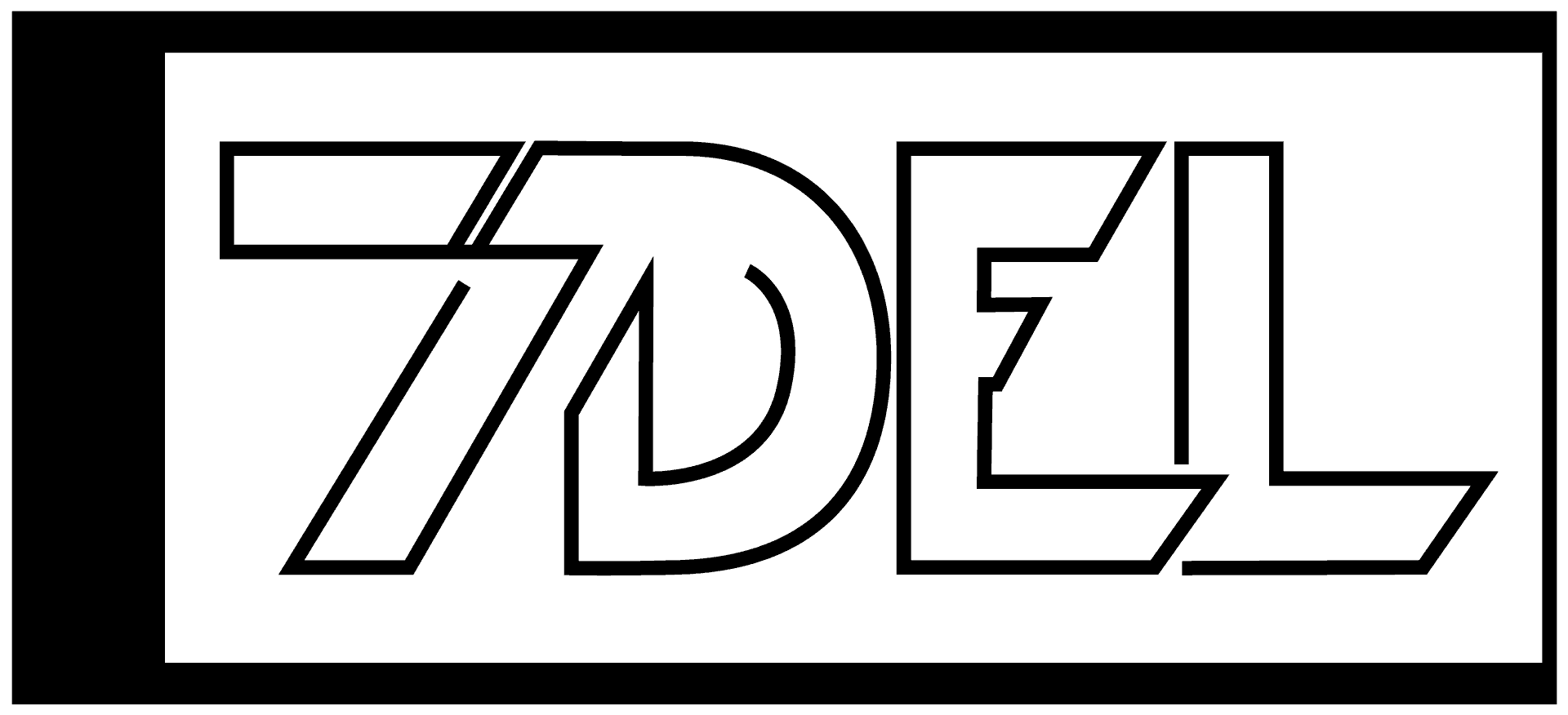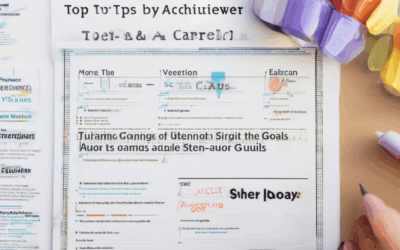Maximizing productivity is essential for students aiming to excel academically while managing the demands of their personal lives. With competing priorities such as coursework, extracurricular activities, and social responsibilities, finding effective ways to stay organized and focused becomes a cornerstone of success. This guide delves into proven strategies and techniques designed specifically for students, offering actionable insights to help unlock your full potential. From mastering the 3-3-3 method to developing sustainable habits, we explore practical tips that address common challenges like time management and maintaining concentration. By implementing these productivity tips, students can streamline their routines, enhance their efficiency, and achieve long-term academic success.

How can a student maximize their productivity?
We all know that productivity is crucial for success, especially during our academic journey. Maximizing productivity as a student requires a strategic approach to managing time, tasks, and stress. Here are some proven strategies to help you stay ahead:
- Set Clear Goals:** Define your short-term and long-term objectives. Break down larger goals into manageable tasks with deadlines. This ensures you stay focused and motivated.
- Develop a Strong Routine:** Consistency is key. Create a daily routine that includes time for studying, work, relaxation, and social activities. Stick to it as much as possible to build momentum and discipline.
- Optimize Your Study Environment:** Find a quiet, organized space free from distractions. Use tools like noise-canceling headphones or apps to enhance concentration and efficiency.
- Leverage Time Management Techniques:** Use methods like the Pomodoro Technique (25 minutes of work followed by a 5-minute break) to maintain focus and avoid burnout. Prioritize tasks based on urgency and importance.
- Stay Organized with Tools:** Utilize digital tools and apps to track your progress, set reminders, and manage tasks. Tools like calendars, task managers, and note-taking apps can significantly boost productivity.
- Limit Distractions:** Identify common distractions such as social media, notifications, or procrastination. Use apps and settings to block unwanted interruptions and create a distraction-free zone.
- Engage in Regular Physical Activity:** Incorporate exercise into your routine to improve focus, energy levels, and overall well-being. Even short walks can make a difference.
- Seek Support Systems:** Surround yourself with supportive friends, mentors, or study groups. Collaborating on projects and discussing challenges can provide new perspectives and keep you motivated.
- Practice Self-Care:** Prioritize sleep, nutrition, and mental health. A well-rested and healthy body supports a productive mind. Take regular breaks and engage in activities you enjoy to recharge your energy.
- Stay Curious and Motivated:** Maintain a strong work ethic by setting personal challenges, celebrating small victories, and reflecting on your progress. Keep your curiosity and passion for learning alive to drive continuous improvement.
By implementing these strategies, you can unlock your full potential and achieve your academic goals more efficiently. Remember, consistency and adaptability are key to sustained productivity over time.
Best Productivity Tips
Improving productivity is essential for achieving your goals and staying ahead in a fast-paced world. Here are some proven strategies to boost your efficiency:
- Set Clear Goals:** Define your objectives and break them down into manageable tasks. Prioritize based on importance and urgency.
- Time Management:** Use techniques like the Eisenhower Matrix to categorize tasks by urgency and importance. Focus on high-priority activities first.
- Limit Distractions:** Create a distraction-free workspace and use tools like focus rings or apps to block unwanted notifications.
- Break Tasks into Smaller Steps:** Divide large projects into smaller, achievable subtasks to avoid feeling overwhelmed.
- Stay Organized:** Utilize tools like calendars, task managers, or planners to track your progress and deadlines effectively.
- Eliminate Time Wasters:** Identify habits that waste your time, such as excessive social media usage, and replace them with productive activities.
- Take Regular Breaks:** Follow the Pomodoro Technique, working for 25 minutes and then taking a short break to refresh your mind.
- Stay Healthy:** Engage in regular exercise, maintain a balanced diet, and ensure adequate sleep to sustain peak performance.
- Continuous Learning:** Invest time in learning new skills or staying updated with industry trends to enhance your expertise.
By implementing these strategies, you can significantly improve your productivity and achieve greater success in your personal and professional life.

How to Increase Productivity While Studying
Increasing productivity while studying requires a combination of effective strategies, organization, and self-discipline. Here’s a step-by-step guide to help you maximize your efficiency:
- Set Clear Goals : Begin by defining your objectives. Break them down into manageable tasks to avoid feeling overwhelmed. For instance, aim to review one math concept daily instead of tackling an entire chapter at once.
- Organize Your Study Space : Create a clutter-free environment free from distractions. Use organizers or apps to manage your materials and schedule. Consider using the Pomodoro Technique to maintain focus and discipline.
- Prioritize Tasks : Utilize methods like the Eisenhower Matrix to categorize tasks by urgency and importance. Focus on high-priority tasks first to ensure optimal progress.
- Minimize Distractions : Turn off notifications and eliminate unnecessary apps. Replace unproductive activities with productive ones, such as reading educational materials or practicing skills.
- Time Management : Schedule specific study sessions using time-blocking. Allocate dedicated periods for each subject and allow flexibility for unexpected events. Stick to your schedule as consistently as possible.
- Motivation and Reinforcement : Reward yourself after completing tasks to stay motivated. Treat yourself to something enjoyable or take a short break to relax and recharge.
- Health and Well-being : Prioritize sleep, nutrition, and exercise. These factors significantly impact cognitive function and productivity. Incorporate brain-boosting foods like fruits and nuts into your diet.
- Digital Organization : Use digital tools like note-taking apps or planners to track your progress and deadlines. Explore options like digital planners to streamline your routine.
- Consistency and Accountability : Establish a regular study schedule, even if brief, to build momentum. Join study groups or find a study buddy to stay accountable and motivated.

Four Pillars of Productivity
- Time Management: Effective time management involves prioritizing tasks, using techniques like the Eisenhower Matrix or time blocking to allocate your day efficiently. This ensures you dedicate your energy to activities that matter most, boosting productivity.
- Task Prioritization: Knowing what’s important versus urgent helps you focus on high-value tasks. This reduces distractions and allows you to tackle challenges head-on, leading to better outcomes.
- Goal Setting: Clear, achievable goals provide direction and motivation. Using the SMART criteria (Specific, Measurable, Achievable, Relevant, Time-bound) ensures your objectives are well-defined and easier to attain.
- Self-Care: Prioritizing your physical, emotional, and mental well-being is crucial for sustained productivity. Adequate sleep, a balanced diet, regular exercise, and mindfulness practices contribute to overall energy and focus.
What Are the 3 P’s of Productivity?
The 3 P’s of productivity are essential concepts that help individuals maximize their efficiency and effectiveness. These principles are often discussed in the context of time management and personal development. Here’s a breakdown of each:
- Planning :
Planning is the foundation of productivity. It involves setting clear goals, organizing tasks, and creating a roadmap to achieve those goals. Without a plan, it’s easy to feel overwhelmed and lose track of priorities. A well-structured plan ensures that you know what needs to be done, when, and how. Tools like calendars, task lists, and project management software can help you execute your plans effectively. - Prioritizing :
Prioritizing is about determining which tasks are most important and urgent. Without prioritization, you risk spending too much time on less critical activities. Use techniques like the Eisenhower Matrix to categorize tasks based on urgency and importance. Focus on high-priority tasks first, as they contribute most to your objectives. This helps you stay on track and avoid getting sidetracked by less important tasks. - Performing :
Performing refers to the execution phase where you take action on your planned tasks. Many people fail to act on their plans due to procrastination, lack of motivation, or poor time management. To perform at your best, cultivate habits like discipline, accountability, and a proactive mindset. Break down large tasks into smaller, manageable steps and set realistic deadlines to keep momentum.
By mastering these three P’s—Planning, Prioritizing, and Performing—you can significantly enhance your productivity and achieve greater success in both personal and professional settings. Want to dive deeper into productivity tips? Explore our blog for actionable strategies and expert advice. Learn more on 7Del.net .

The 3-3-3 Method of Productivity
The 3-3-3 method is a simple yet effective productivity strategy that divides your day into three distinct segments, each designed to optimize your efficiency and well-being. Here’s a breakdown of how it works:
- Focus Time (3 Hours)
Dedicate the first three hours of your day to high-priority tasks. This block is ideal for deep focus on critical responsibilities, allowing you to tackle complex projects or tasks that demand undivided attention. - Buffer Time (3 Breaks)
Incorporate three short breaks throughout your day. These breaks can be as brief as five minutes and are perfect for refreshing your mind, grabbing a quick snack, or stepping away from your desk to recharge. - Relaxation Time (3 Periods)
Allocate three periods of relaxation during your day. These can be five-minute moments of meditation, gentle stretching, or simply sitting in silence. They help reduce stress and prevent burnout.
By structuring your day into these three segments, you can enhance your productivity while maintaining a healthy balance between work and personal life. This method ensures that you’re consistently performing at your best without risking fatigue or overwhelm.




0 Comments